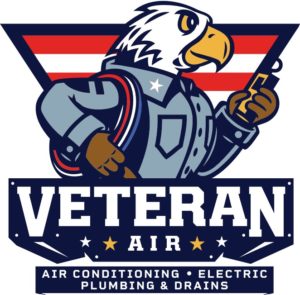During the chilly months, most homeowners in Florida tend to forget about their air conditioning units. But with the warm weather not far away, you need to bring your AC out of hibernation and make sure it’s ready for the blistering heat that is soon to come!
Here’s a checklist that will ensure your AC unit is in optimal shape and brings fresh air into your home, all without putting a strain on the equipment or your wallet. And remember: You must turn off the HVAC before you start the work.
REPLACE THE AIR FILTER
The air filter is arguably the most critical component of your air conditioning. If not changed regularly, it could cause expensive damage to your unit. Replacing it every month can save you up to 15% of your energy bill and extend your unit’s lifespan. And let’s not forget the improved indoor air quality.
KEEP THE CONDENSER UNIT FREE OF DEBRIS
While you were snuggling, your AC unit has been sitting outside this whole time. And if you didn’t cover it properly, its vital components could now be caked with debris, dirt, dust, grass, and leaves. These foreign objects could impede airflow and reduce the efficiency of your AC unit. Use a stiff brush to clean the unit, vacuum it to remove the finer dirt particles, and trim away nearby plants.
STRAIGHTEN CONDENSER FINS
AC condenser fins move heat away from the unit, keeping it as cool and efficient as possible. But if some fins are bent due to branches or any impact, they could disrupt the airflow. Get a fin comb at the local hardware store, remove the cover of your AC unit, and carefully straighten the fins.
INSPECT ALL ELECTRICAL CONNECTIONS
Perform a visual inspection of all electrical connections. If there are exposed, damaged, or loose wires or dirty fuses, you’ll need to get them checked. A faulty connection not only affects the performance of your unit but is also a fire hazard. Work with an AC technician to get the problem fixed safely.
CLEAN OUT THE EVAPORATOR DRAIN
The AC condensate drain line can develop a clog because of algae, mildew, or dirt. To clean it, check whether you can remove it manually. If not, add a quarter cup of distilled vinegar to the drain line, let it sit for thirty minutes, then flush with water. Remember to do this once a month.
CHECK REFRIGERANT LEVELS
If your AC runs low on refrigerant, it won’t be able to ward off the sweltering temperatures. Although this task is best left to a licensed HVAC contractor, there are other ways you can tell whether your AC is low on refrigerant. A sudden rise in the electric bill, warm air coming from the vents, and hissing noise may indicate a low charge.
SCHEDULE AN AC TUNE-UP
Air conditioners are sensitive systems; that’s why it’s smart to partner with a seasoned HVAC technician. Professionals will easily catch the minor and major issues you miss, perform preventative maintenance, and keep everything in top shape. Ultimately, you’ll see fewer breakdowns, lower bills, and healthier indoor air.
VETERAN AIR: A HVAC COMPANY YOU CAN COUNT ON
If you are looking for an AC contractor in Bradenton or Sarasota, FL, Veteran Air has you covered. Our team of technicians has undergone extensive training, and we are fully licensed and insured. Whether you need a general spring AC tune-up, repair, or an HVAC upgrade, you can always depend on us. Reach out today, and we will help prolong the life of your cooling unit!


